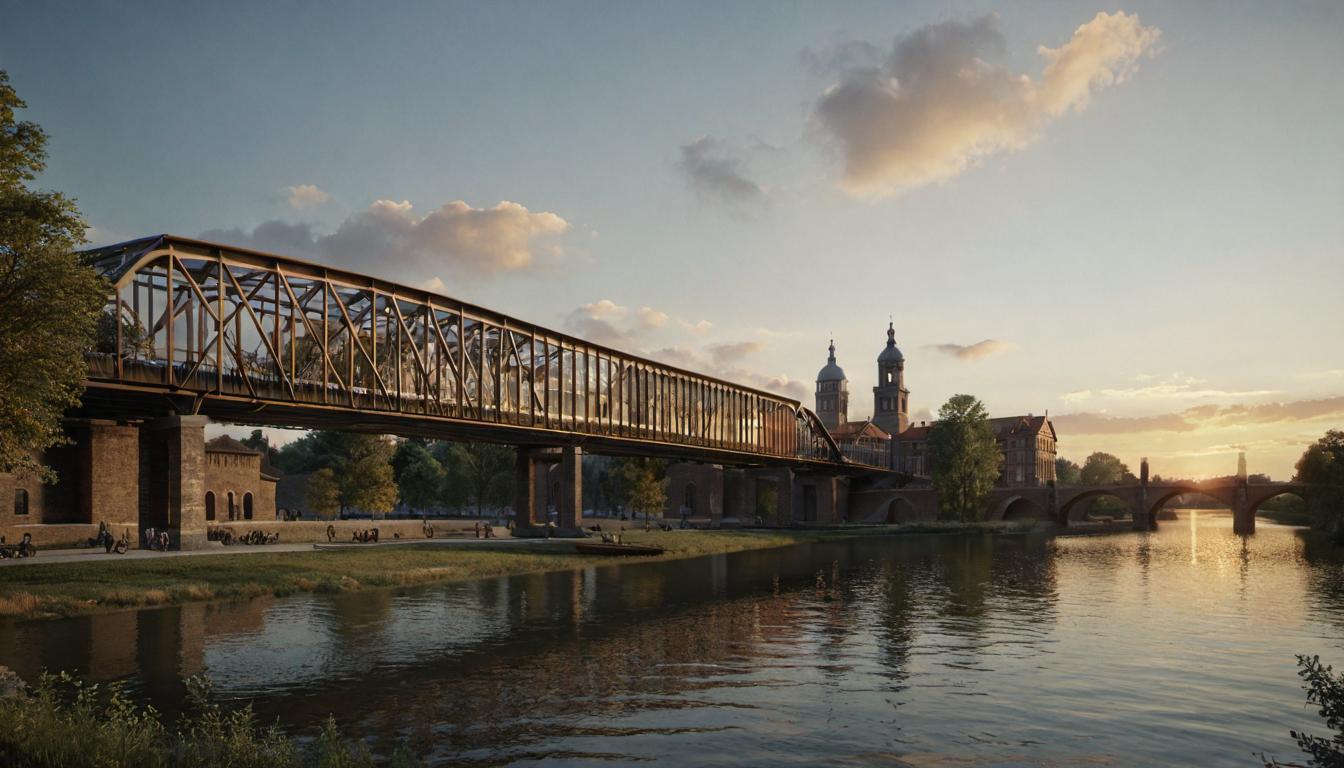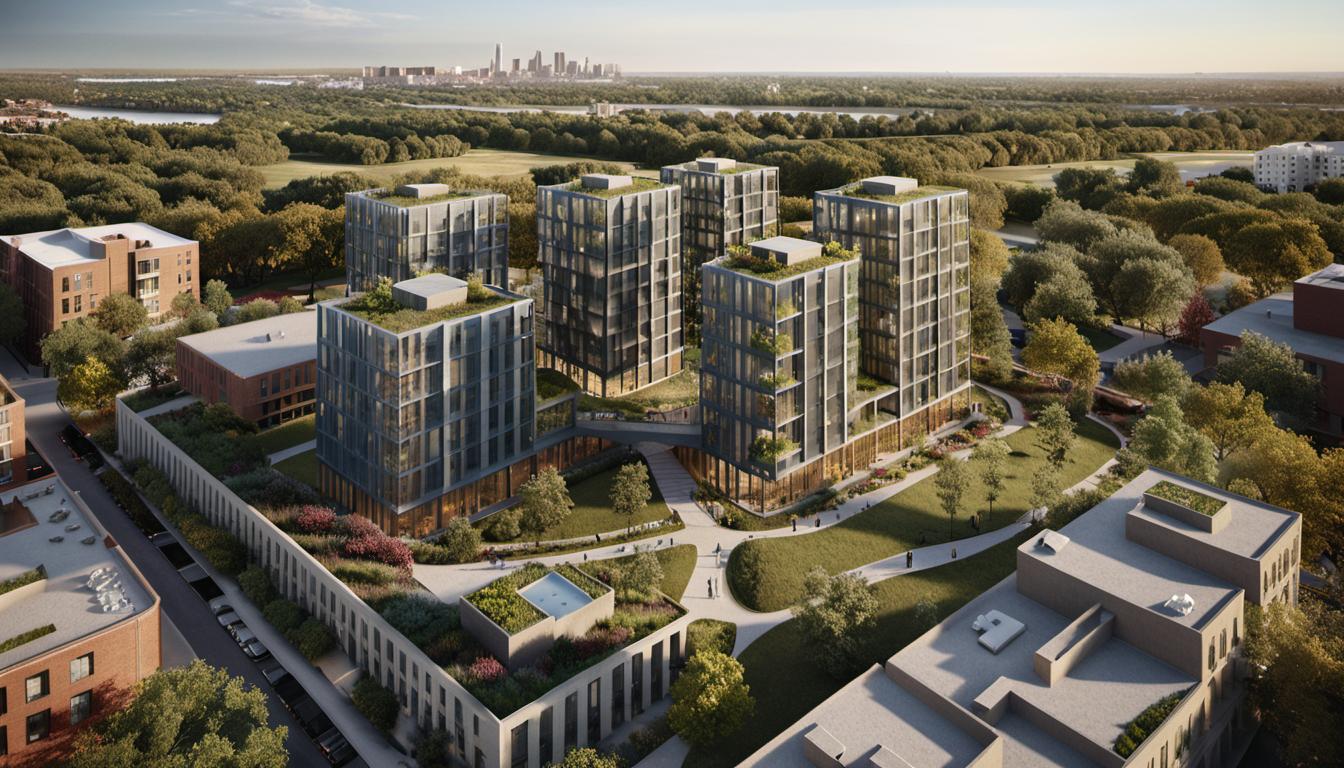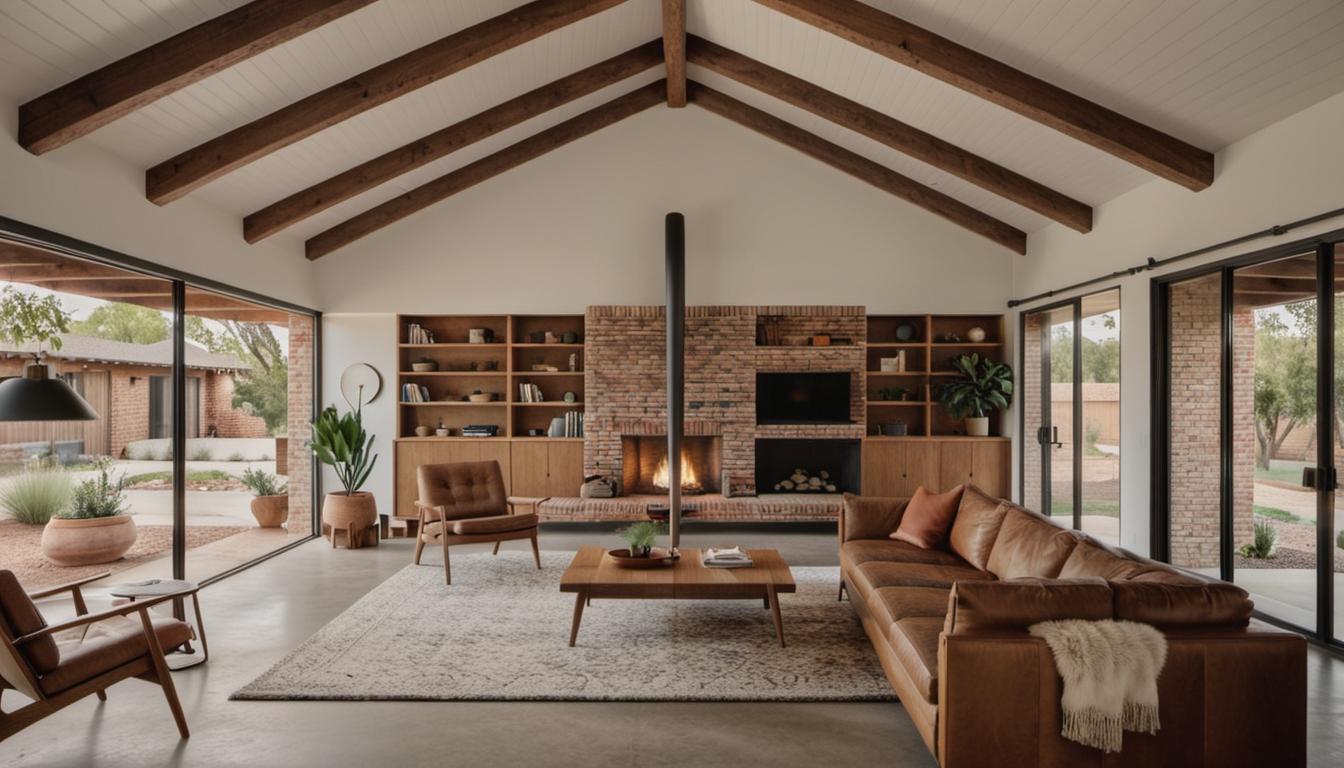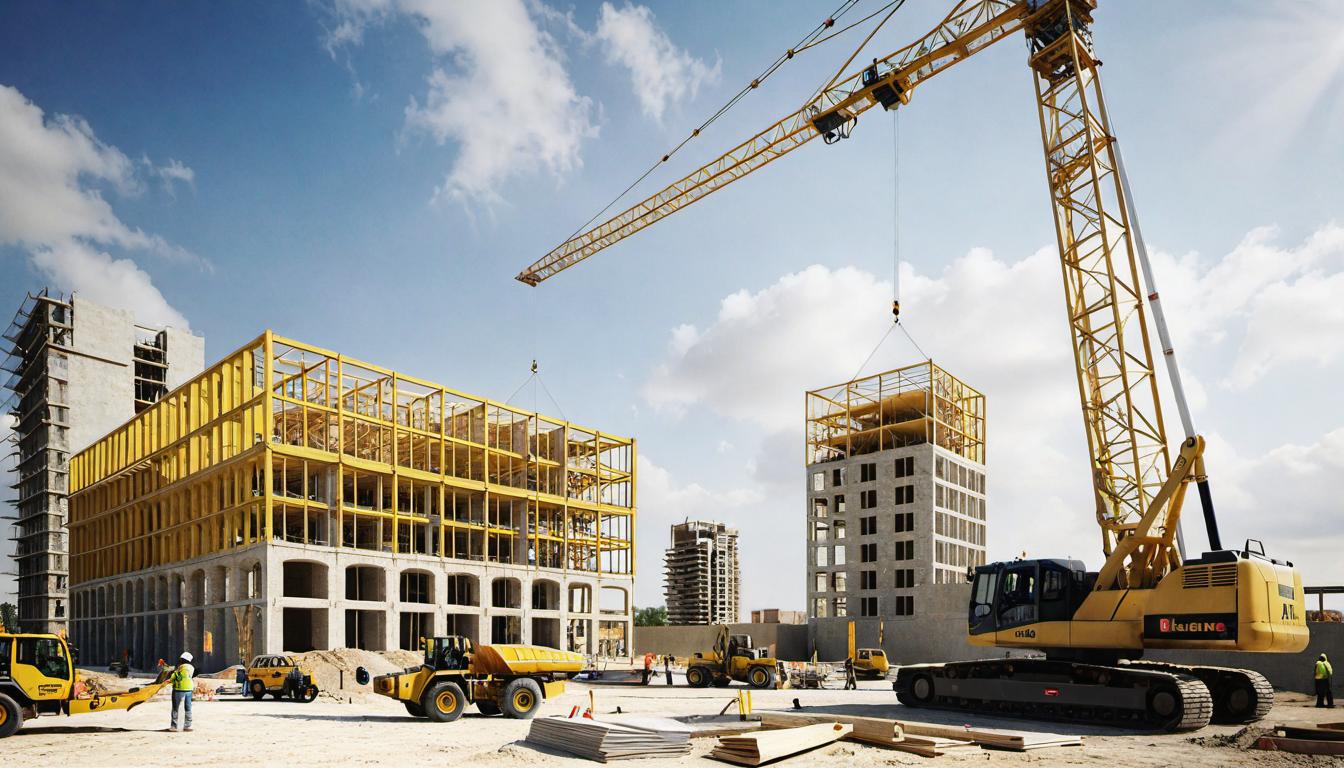A Brief History of Bridge Design: From Function to Aesthetic Symbolism
Initially, bridges were built for functionality but over time, they’ve become aesthetic symbols of human progress and aspiration. Below is an overview of how this transformation occurred.
The Evolution of Bridge Building: From the Caravan Bridge to the Modern Times
From the inception of bridges with the utilitarian Caravan Bridge built around 850 BC in Turkey, bridge design has come a long way. The evolution from simple structures to complex architectural masterpieces has indeed been remarkable.
The Pioneers in Bridge Engineering: Inspirational Figures and their Contributions
Notable engineers like Thomas Telford, Isambard K. Brunel, the Roebling family, and Alexander Gustave Eiffel were instrumental in shaping bridge engineering. Their contributions to bridge aesthetics, in particular, are still celebrated and revered today.
Roles in Bridge Construction: Division of Work Among Constructors
Understanding the role personnel plays in bridge construction gives insight into how aesthetics is integrated into bridge design.
The Master Builder Era and its Changing Role in Bridge Construction Industry
Before the 19th century, chief builders took on the diverse tasks of engineering, architecture, and craftsmanship. These master builders were at the helm of creating utilitarian bridges.
The Advent of Civil Engineering and Architecture as Technical Professions
With the onset of the Industrial Revolution, the roles of the master builder split into distinct professions – civil engineering and architecture. This division paved the way for specialized roles, which in turn led to advancements in aesthetics in bridge design.
Current Perception of Architects’ Involvement in Bridge Design
While most engineers stick to the notion that architects aren’t required for primary bridge design, some believe that synergy between the two professions can create aesthetically appealing bridges.
Defining Good Bridge Design: More Than Strength and Functionality
A good bridge transcends mere strength and functionality. Here’s what brings this to life:
Necessary Elements for An Effective Bridge Design
A well-designed bridge encapsulates strength, functionality, efficiency, and cost-effectiveness. But what sets it apart is an appeal to the aesthetic senses.
The Important Role of Context, Environment, and Visual Exposure in Bridge Design
The surroundings or environment of a bridge and its visual exposure are significant factors contributing to aesthetic appeal. Understanding these elements and embedding them into design concepts is critical.
Types of Bridges: Determining Design Approach Based on Visibility
The design approach for bridges depends on visibility, among other factors.
Classifications of Bridge Design Considerations
Visibility classified bridges into non-visible structures, short or medium span bridges, and long-span or complex bridges which require special aesthetic considerations due to their high exposure.
Complex Bridges and Their Special Attention towards Aesthetic
Complex bridges command special aesthetic attention due to their prominence. Striking the right balance between utility and aesthetics in such structures can create iconic landmarks.
The Art of Designing Aesthetic Bridges: Importance of a Good Structural System
Creating an aesthetically pleasing bridge requires profound understanding of structural principles and a zeal for aesthetics.
How to Achieve Success in Bridge Design: The Balance between Function and Aesthetics
The success recipe in bridge design hinges on the right selection of the structural system, and the equilibrium of function and aesthetics. A good design concept ensures future difficulties are nipped in the bud, be it in the design office or the construction site.
Designing with Long-Term Impact: Avoiding Future Issues in Design and Onsite Construction
A solid bridge design take into account long-term impact, preventing future issues in both the design and construction stages.
Collaboration in Bridge Design: The Benefits of Working with an Architect
Though experienced engineers can develop great projects, collaboration with architects specializing in bridge design and aesthetics can result in bridges with enhanced visual appeal. Such a partnership can give birth to a more comprehensive, functional and engaging bridge design.
FAQs: Your Top Questions about Aesthetics in Bridge Design Answered
Why is aesthetics important in bridge design? Aesthetics in bridge design enhances its visual appeal, and increases symbolic significance and importance of the structure.
How have roles in bridge design changed over the years? The roles in bridge construction have evolved from being handled solely by ‘master builders’ to being divided among architects, engineers and builders.
What are the key principles in structural design? Safety, serviceability, and aesthetics form the core principles of structural design, though often, the latter is overlooked.
What makes a good bridge? A strong, functional, efficient, cost-effective and visibly appealing bridge is considered well-designed.
Why is working with architects beneficial? Collaborating with architects can provide a broader perspective, leading to a functional, visually pleasing and iconic design.






